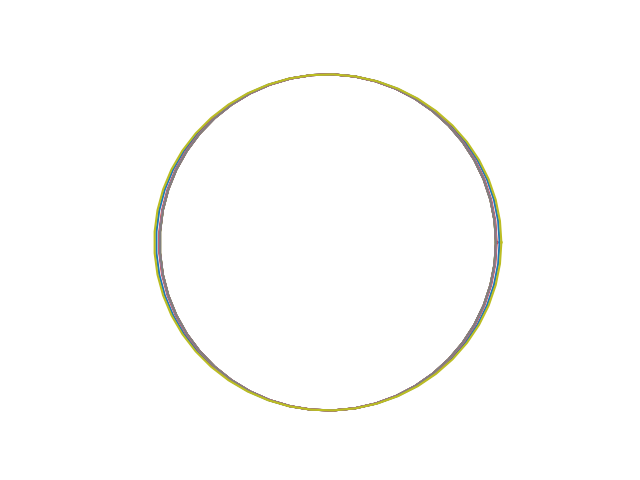Planetary orbits are very nearly circular
If a science book shows you obviously elliptical orbits of planets, it is literally stretching the truth.
I was taught that our benighted ancestors insisted that planetary orbits are circles for philosophical reasons. In fact, they insisted planetary orbits are circular because they very nearly are.
Here's a plot of the orbits of all nine planets in our solar system, or all eight planets and the dwarf planet Pluto if you prefer, scaled so that they all have the same semi-minor axis.

See how far the highly elliptical" orbit of Pluto extends past the perfect circle in the inside? Me neither.
Here is how Kepler discovered that planets have elliptical orbits [1].
From 1601 to 1608, he [Kepler] tried fitting various geometrical curves to Tycho's data on the positions of Mars. Finally, after struggling for almost a year to remove a discrepancy of of 8 minutes of arc (which a less honest man might have chosen to ignore!) Kepler hit upon the ellipse as a possible solution.
It was only by obsessing over a discrepancy of 0.037% of a circle that Kepler was able to discover that Mars has an elliptical orbit.
The next post explains why eccentricity numbers are misleading. The orbit of Pluto, for example, is highly eccentric" with eccentricity 0.25, but this does not result in an orbit far from circular.
[1] Roger Bate et al. Fundamentals of Astrodynamics. Dover. 1971
The post Planetary orbits are very nearly circular first appeared on John D. Cook.